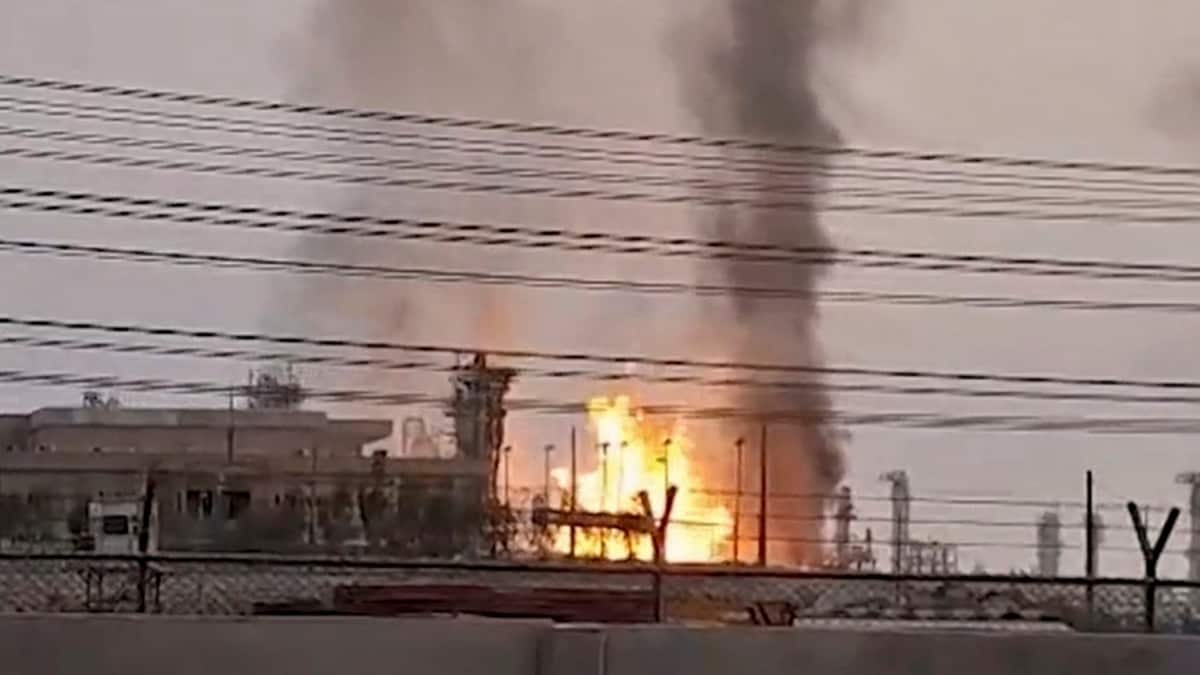Iran has been forced to partially shut operations at the South Pars gas field after a fire caused by an Israeli air strike. The South Pars gas field is the biggest in the world. But what do we know about it? What happened? What will be the impact?read more
Israel has hit the largest gas field in the world.
Iran has been forced to partially shut operations at the South Pars gas field after a fire caused by an Israeli air strike.
The South Pars gas field is the biggest in the world.
But what do we know about the field? What happened? What will be the impact?
Let’s take a closer look
What happened?
First, let’s take a brief look at the South Pars gas field.
The South Pars gas field is in
Iran’s southern province of Bushehr.
Located in the middle of the Gulf, it is jointly owned by Iran and Qatar (which calls it the North Dome).
It spans 9700 square kilometres of which 3,700 square kilometers belongs to Iran.
It comprises an oil field and a processing plant.
It is thought to hold over 51 trillion cubic meters of natural gas.
It holds around 48 per cent of Iran’s natural gas reserves.
It is responsible for most of Iran’s natural gas production – which stands behind only the United States and Russia.
A fire resulted as a result of the strike, according to Iranian authorities.
People look at fire burning at South Pars gas field, in Tonbak, Bushehr Province, Iran, in this screen grab from a handout video released on June 14, 2025. Reuters
The blaze, which occurred in one of the four units of Phase 14 of South Pars, has now been tamped down.
It stopped production of 12 million cubic metres of gas.
However,
the National Iranian Oil Refining and Distribution Company said oil refining
and storage facilities had not been damaged and continued to operate.
Iran produces around 275 billion cubic meters (bcm)
of gas per year – around 6.5 per cent of global gas output – all of which is consumed domestically due to export restrictions.
What will be the impact?
This was Israel’s first direct attack on Iran’s oil and gas infrastructure.
It marks a significant escalation in the conflict between the two nations.
Analysts are worried about the possible fallout.
“This is probably the most important attack on oil and gas infrastructure since Abqaiq,” Jorge Leon, an analyst at Rystad Energy, talking about the 2019 attack on Saudi Arabian oil fields, told Bloomberg.
“This is a warning shot that Israel is willing to
hit Iranian energy infrastructure if Israeli civilians are targeted,
” Richard Bronze, head of geopolitics at Energy Aspects, told The New York Times.
Oil prices had already surged 14 per cent
on Friday after Israel attacked Iran.
The price of oil eventually settled seven per cent higher – at $73 (Rs 6,200 per barrel).
This fresh attack could push oil prices even higher from tomorrow (June 16).
Experts
also fear the conflict in West Asia
could disrupt the flow of oil to the rest of the world.
Iran, which is part of Organisation of the Petroleum Exporting Countries (OPEC), currently produces around 3.3 million barrels per day (bpd).
It exports over 2 million bpd of oil and fuel.
“Israeli action has so far avoided Iranian energy infrastructure, including Kharg Island, the terminal responsible for an estimated 90 per cent of Iran’s crude oil exports,” said Ben Hoff, head of commodity research at Societe Generale.
“This raises the possibility that any further escalation could follow an ’energy-for-energy’ logic where an attack on one side’s oil infrastructure might invite a retaliatory strike on the other’s,” Hoff said.
With inputs from agencies
